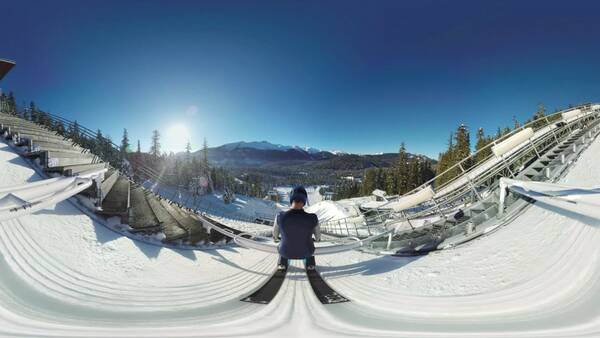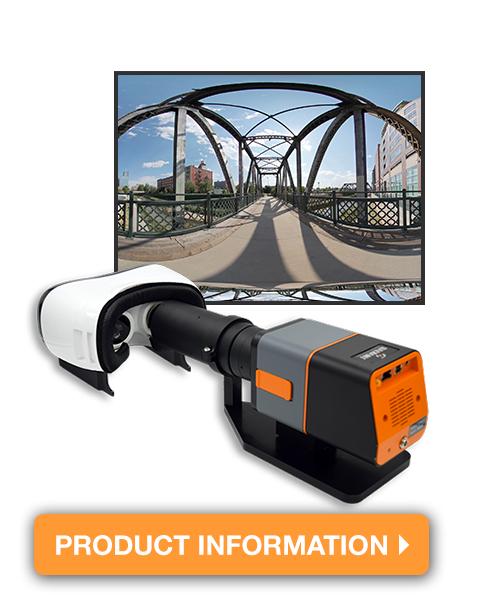VR Lets You Hit the (Virtual) Slopes – Radiant Makes Sure You Take Home the Gold in Display Quality
Watching the Winter Olympics has me dreaming of spinning through the air like snowboarder Chloe Kim, soaring off the ski jump, or racing across the ice like a speed skater—if only I had the youth and physical prowess of an athlete! However, thanks to the magic of virtual reality, I can share those experiences without risking any broken bones.

Image courtesy of MSPoweruser. VR content for the 2018 Winter Olympics is made possible by Intel® True VR
Virtual reality (VR) and augmented reality (AR) are here to stay, and they’re not just for entertainment. VR’s application in various training disciplines is already well established. Now innovators and researchers are developing valuable applications in a broad range of areas—everything from disaster preparedness to industrial design to treating post-traumatic stress.
But the promise of these applications can only be fulfilled if VR headsets and displays can deliver an authentic immersive experience—one that is as close to reality as possible. Ensuring the quality of VR and AR displays is a critical, but challenging, step. Displays can easily be impacted by subtle defects and anomalies such as:
- Non-uniformities in brightness or color
- Contrast issues
- Mura (cloudiness)
- Line & pixel defects
- Image retention/sticking (or pixel switching response time)
- Image clarity (modulation)
- View angle differences
Because AR/VR and mixed reality (MR) devices present visual experiences using near-eye displays (NEDs), subtle display defects are magnified, increasing their impact on your user’s experience and the usability of the device. These displays, therefore, require evaluation by high-resolution, high-precision measurement equipment to detect the smallest errors and achieve the visual quality that ensures a seamless integration of virtual elements with the user’s reality.
Paired with a high-resolution imaging photometer or colorimeter, Radiant’s AR/VR lens offers the visual sensitivity of human vision, while replicating the position of the human eye in NED devices. By capturing and measuring displays exactly as they are seen in AR/VR goggles and headsets, the Radiant AR/VR lens solution provides the most accurate measurement of NED quality as perceived by the user. How do we do it?
Our AR/VR lens has a unique optical design that positions the camera’s aperture at the front of the device, rather than inside the lens housing. This placement replicates the human-eye's position inside AR/VR headsets, enabling the imaging system to capture the full field of view of the integrated display. With this technical advantage, Radiant's AR/VR lens solution performs the most comprehensive inspection of NED devices—to a full 120° field of view—evaluating everything that a human user would see within the device at the same distance from the display. Learn more about our AR/VR Lens.
And if you want to experience some heart-pounding sports action, check out all the VR Olympics coverage.

Join Mailing List
Stay up to date on our latest products, blog content, and events.
Join our Mailing List
